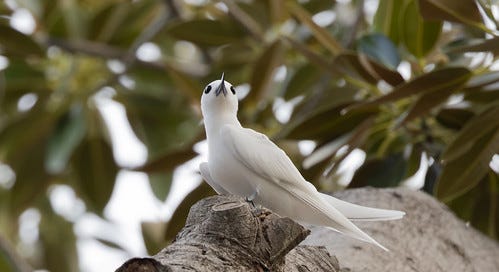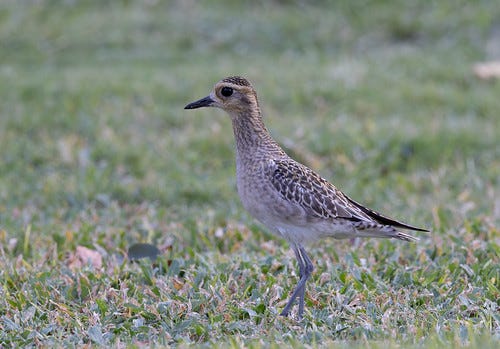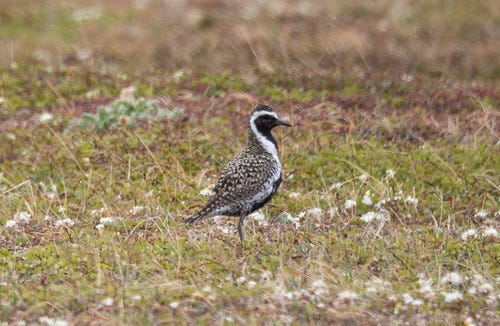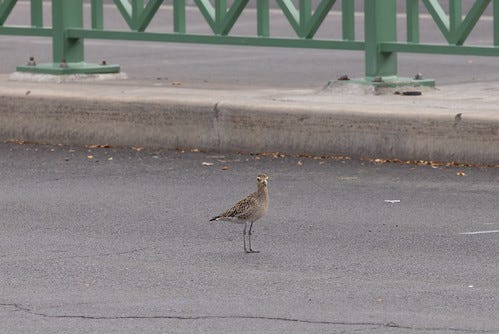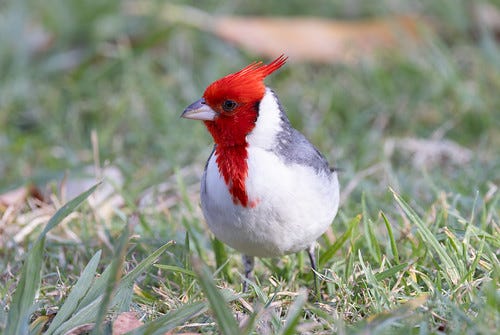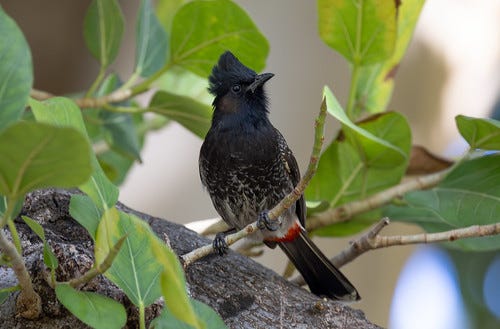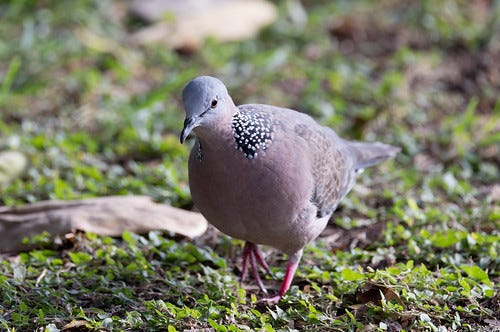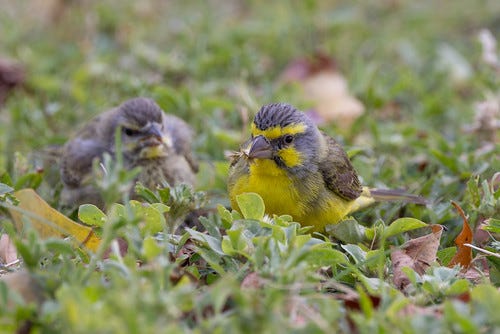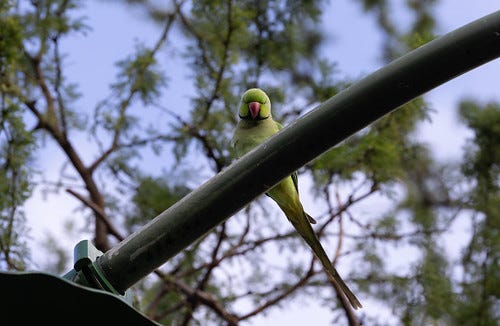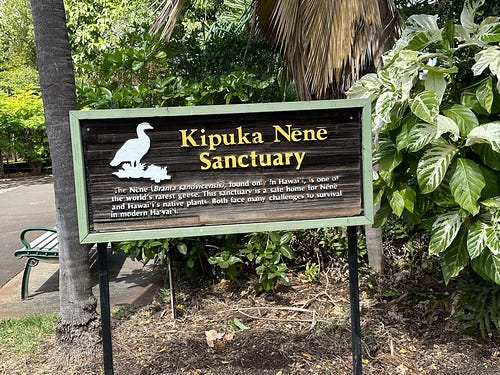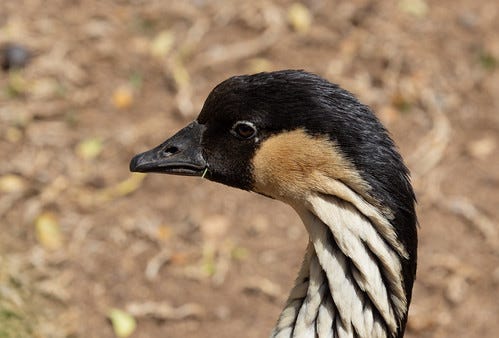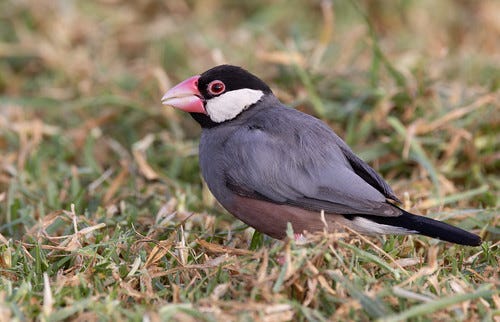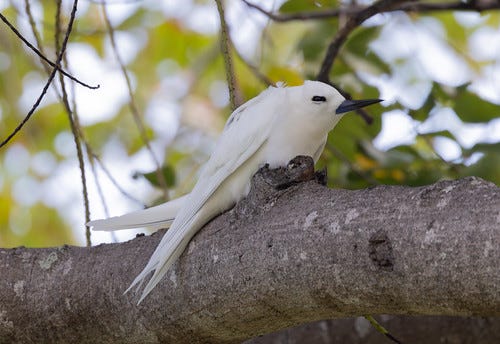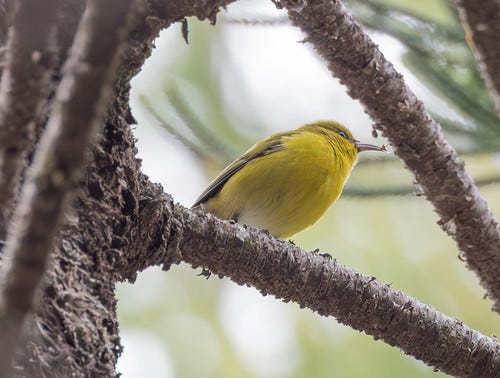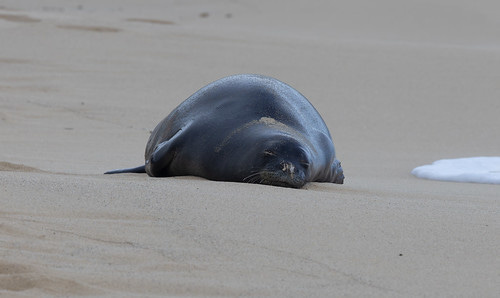(Listen to the radio version here.)
I do not know the first time I heard the saying, “Every day is a gift,” but it was a long time ago. I’ve led an unusually happy, lucky life, and whenever the saying pops into my head, which isn’t all that often, it seems true enough, though I’ve been close to people for whom many days are a genuine hardship and struggle, so like most aphorisms, “Every day is a gift” hardly represents universal truth.
But for two weeks, starting on February 26 when Russ and I left for Hawaii, the idea that every day is a gift occurred to me every single day, and yep—every one of those days was a true and wonderful gift.
We arrived in Honolulu early enough in mid-afternoon to enjoy a lovely walk around Kapiolani Park, just across the street from our hotel, and saw lots of Pacific Golden-Plovers—a bird we’d enjoyed in the Nome area during Russ’s and my Alaska trip in 2022.
Hawaii is a main winter destination for these amazing travelers, and it was thrilling to realize that every one of them hatched out in the far north and arrived in Hawaii after winging over thousands of miles on the Pacific Ocean on its own power. Of all the birds native to Hawaii, the Pacific Golden-Plover seems the most comfortable with how people have changed the landscape. We saw them feeding right near busy soccer fields, crossing roads to feed along narrow strips of lawn at busy airports, and within the secured area of the Honolulu airport flying in and out of an enclosed garden, as well as being in what seemed like more appropriate, or at least wilder, habitat. I was thrilled to see them again.
We also saw LOTS of gorgeous birds that don’t belong anywhere near Hawaii. The two most ubiquitous were Zebra Doves and Common Mynas, and I took bazillions of photos of them.
We also saw plenty of adorable, tiny Common Waxbills…
…stunning Red-crested Cardinals…
…handsome Red-vented Bulbuls…
…and more.
I didn’t see a single lifer, but that was fine. I was re-familiarizing myself with some of the wonderful birds I’d seen in Hawaii when Russ and I brought our kids there in 2000.
The next day Russ and I went back to Kapiolani Park on a mission—Erik Bruhnke had texted me the GPS coordinates for a tree on the far side of the park from our hotel, where White Terns were nesting. I have a special love for this bird, and spent a full half hour watching and photographing the parent on the nest and eventually its mate. Getting a half-way decent photo of a White Tern was one of my main goals for this trip, and I’d already succeeded beyond my wildest dreams before the birding tour even began!
Russ and I also went to the Honolulu Zoo, where I wanted to see the Nene exhibit.
Hawaiian Geese have been one of my most beloved species since our family trip, and some wild birds nest at the zoo. I got some good photos.
As it turned out, we saw them on 6 days of the birding tour, too, some at much closer range than the zoo birds allowed!
We met with our birding group at dinnertime that day for our tour’s official start.
First thing the next morning, we headed back to the park, everyone so focused on some cute little songbirds like Java Sparrows and those adorable waxbills right by the road before we were even in the park that we were all as surprised as we were delighted when one of our birding team, Gordon, looked up and found a White Tern incubating an egg right there in the busiest part of the park, directly across from our hotel!
On our family vacation in 2000, the only day we spent in Oahu, we didn’t get to any of Oahu’s natural forested habitat areas, so it was thrilling after enjoying that White Tern to head to the Wiliwilinui Ridge Trail in the Koolau Mountains where we got to see two endemic species, Oahu Amakihi and Oahu Elepaio.
The next day we went to the famous Kohuku Golf Course where some Laysan Albatrosses are nesting! I was thrilled to finally be able to photograph this beloved species.
On the way back to Honolulu, we stopped to see a magnificent Hawaiian Monk Seal—one of the most critically endangered mammals in the known universe. A network of volunteers and wildlife managers keep track of monk seal sightings—these huge seals apparently like to find a quiet beach to spend the day loafing in solitude, and the moment word gets to the seal protectors, one heads there to rope off the area and keep viewers at a safe distance.
Yep—every day we spent on Oahu was even better than the day before. I checked on the close White Tern nest both remaining days, and took a final photo in pitch dark at 4:44 am on March 1 before we took an early morning flight to Kauai.
Of the main Hawaiian Islands, White Terns are found only on Oahu, but even though we were done birding there, the best was yet to come. Yep—every day of this trip was a gift.


